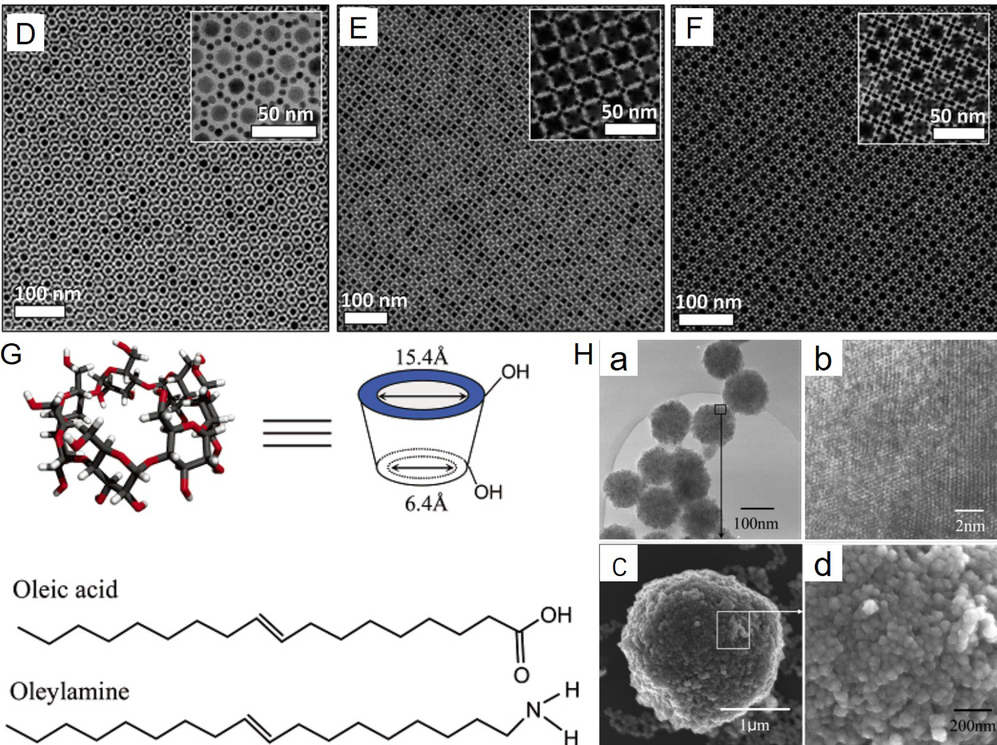Gold-coated silver nanowires promise cheaper, more flexible smart glass
03/04/2021 / By Franz Walker

Scientists from the Institut National de la Recherche Scientifique (INRS) in Canada developed a new way to create foldable and solid devices using silver nanowires coated in gold.
Solid and flexible electrochromic (EC) devices, such as foldable displays in smartphones, smart windows and wearable electronics traditionally use iridium tin oxide (ITO) electrodes. But despite their use in foldable EC devices, ITO electrodes are actually quite inflexible and brittle.
The inflexibility of ITO, as well as leakage issues with the liquid electrolytes used alongside them, affect the performance and lifespans of EC devices. This is on top of the scarcity of iridium, which has raised questions about its long-term sustainability. Finally, the process of making ITO electrodes is also quite expensive.
“With all these limitations, the need for ITO-free optoelectronic devices are considerably high. We were able to achieve such a goal,” says lead author Dongling Ma.
Silver nanowires are strong yet flexible
In a study published in the journal Advanced and Functional Materials, the researchers describe a new approach for EC materials using a cost-effective and easy electrode manufacturing process that is completely free of ITO.
To do so, they developed a process to apply silver nanowires coated with a compact gold shell to the transparent conductive electrodes (TCE) used in flexible EC devices.
“We reached high stability and flexibility of transparent conductive electrodes, even in a harsh environment, such as oxidizing solution of H2O2,” explained Ma.
Ma’s team wasn’t the first to look into the use of silver nanowires to create transparent electrodes. Back in 2017, researchers at the University of Vermont (UVM) did a similar study into making silver nanowires that were not only strong, but also “stretchy like gum.”
Led by mechanical engineering professor Frederic Sansoz, the team at UVM worked on silver nanowires only a few hundred atoms thick. The problem that Sansoz’s team faced was that as these metals become stronger and harder, they also become more brittle.
But they found that after a certain size, below 10 nanometers, silver starts to behave differently.
“It behaves like a Jello gelatin dessert,” Sansoz said. “It becomes very soft when compressed, has very little strength and slowly returns to its original shape.”
When Sansoz’s team revealed their findings in 2017, it was seen as a big leap forward in the quest to create foldable devices, which had yet to reach the market back then.
Meanwhile, the concept of sleeving the nanowires in a gold shell came from Ma’s previous work with creating a gold shell for copper-based nanoparticles. Here, the concept was to use the gold shell to give the nanoparticles excellent oxidation resistance, allowing the latter to perform well under harsh conditions – the same properties that her team is now applying to silver nanowires.
Cheaper EC panels could be used in more devices
With their own research, Ma and her team focused on applying silver nanowires for the electrodes of EC devices. These are usually found in the form of “smart glasses,” which can change opacity when an electric current is run through them.
The most common uses for EC smart glass is in “smart windows” that are designed to dim and limit the amount of sunlight and ultraviolet radiation coming into a space. Another is in smart rear-view mirrors in cars and trucks that dim when they detect the hi-beam headlights of a vehicle coming up behind. (Related: “Smart” windows made from common glass and cheap nanocrystals.)
But, as mentioned above, these use layers of brittle ITO electrodes with a liquid electrolyte layer sandwiched in between them. This makes current smart glass unsuited for foldable applications. This is on top of ITO’s cost.
With the new silver-nanowire-based electrodes, the hope is that cheaper, more flexible EC panels can be developed, leading to the technology’s use of more applications.
For more on this and other similar technological developments, follow FutureTech.news.
Sources include:
OnlineLibrary.Wiley.com [PDF]
Tagged Under: breakthrough, discovery, electrochromatic, future science, future tech, gold, innovations, inventions, nanotechnology, research, silver, smart glass, smart window
RECENT NEWS & ARTICLES
Nanotechnology.News is a fact-based public education website published by Nanotechnology News Features, LLC.
All content copyright © 2018 by Nanotechnology News Features, LLC.
Contact Us with Tips or Corrections
All trademarks, registered trademarks and servicemarks mentioned on this site are the property of their respective owners.



















